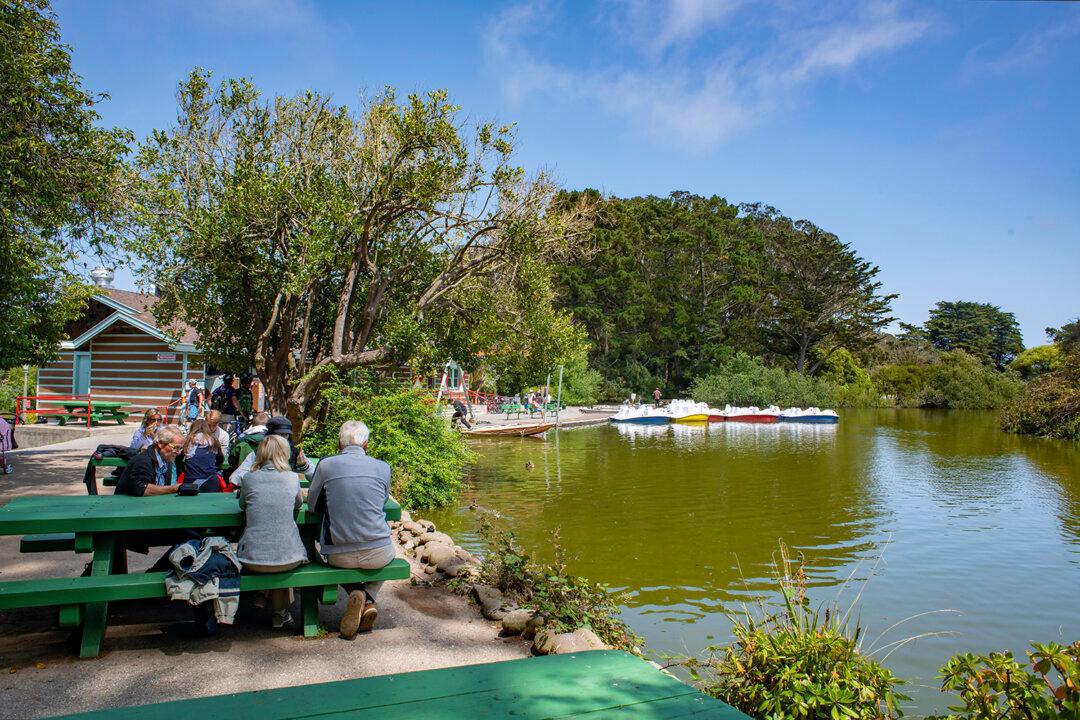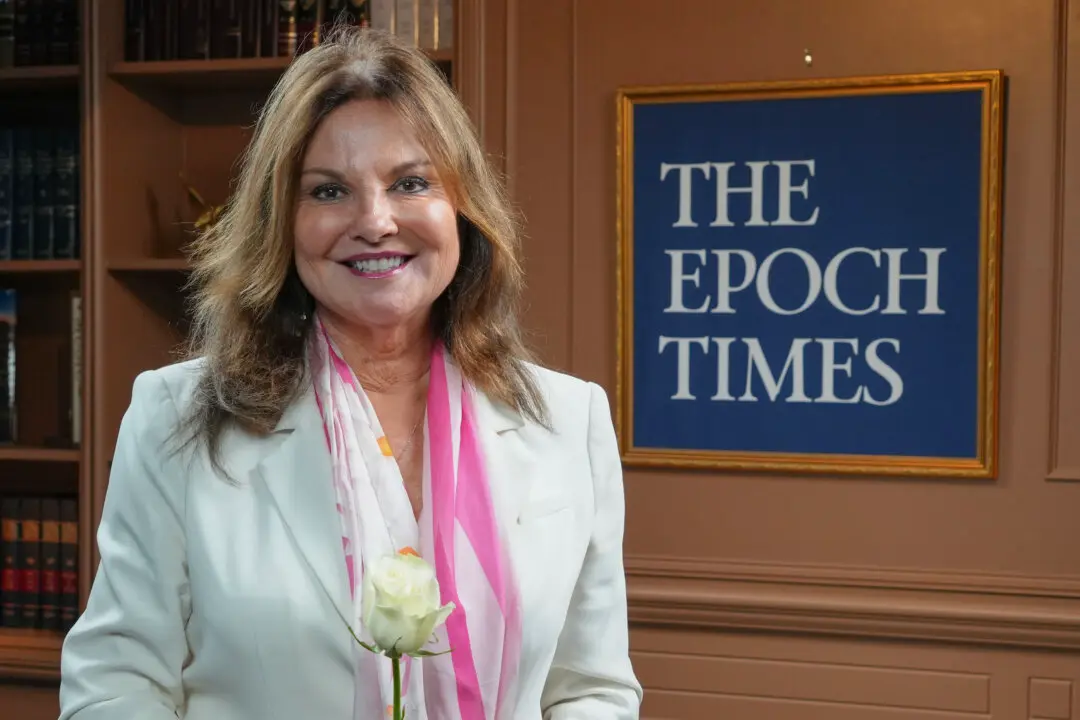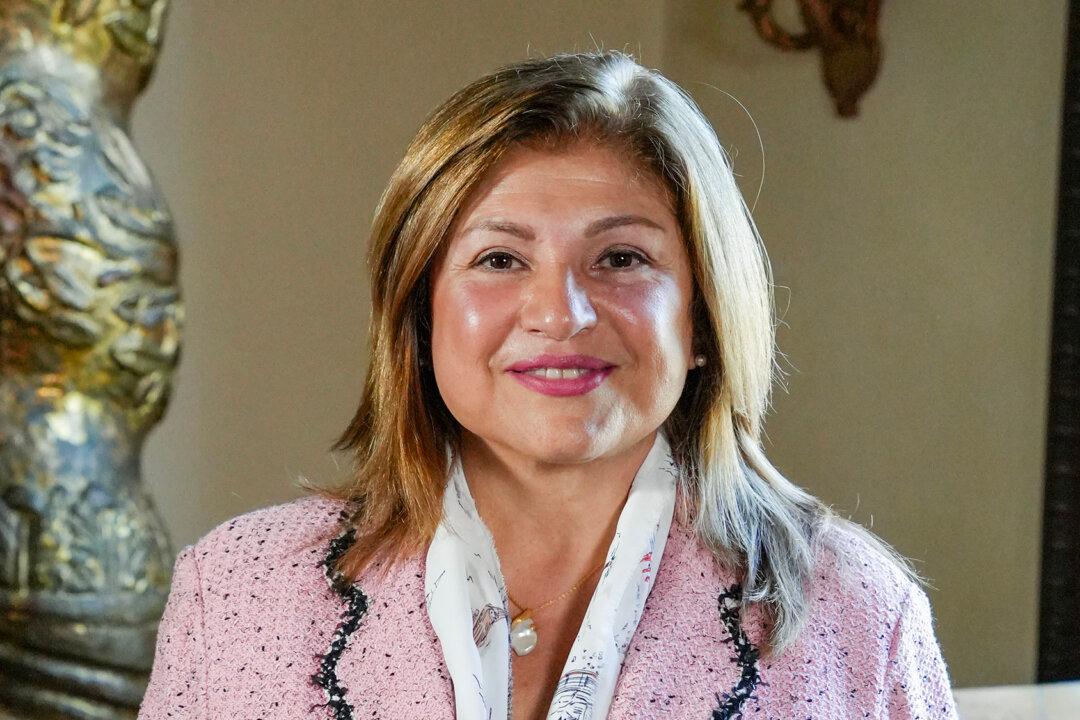SAN FRANCISCO—This year, San Francisco’s Golden Gate Park was set to celebrate its 150th birthday on April 4 with free events all over the park.
However, due to health concerns, the event will be rescheduled for a later date. According to a press release on March 10, the decision was made after the city issued a health order on March 7 to postpone or cancel unnecessary large-group events until March 20.





